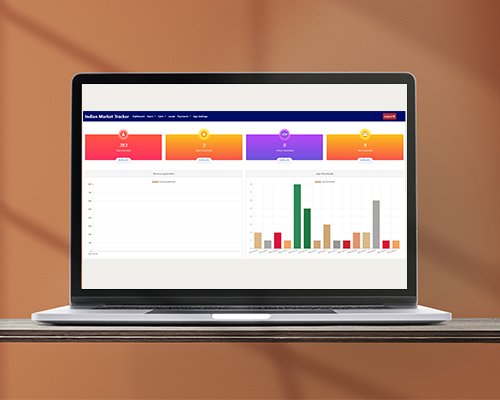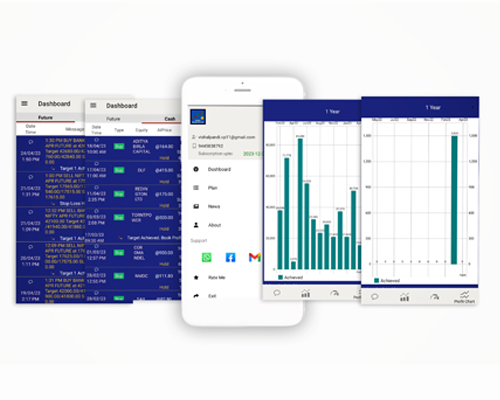Web Applications
Fastura Technologies Pvt Ltd
Developing a web application related to a service involves creating a digital platform that allows users to access and interact with a specific service or set of services over the internet. The purpose of the web application could vary depending on the type of service you are offering, but generally, it aims to provide convenience, accessibility, and efficient delivery of the service to users.
1. Planning:
Define the goals, objectives, and target audience for your service. Identify the key features and functionalities you want to incorporate into the web application.
2. Design:
Create a user-friendly and visually appealing interface for your web application. This involves designing wireframes, mockups, and choosing an appropriate color scheme, typography, and layout.
3. Development:
Convert the design into a functional web application using programming languages and frameworks such as HTML, CSS, JavaScript, and back-end technologies like Python, Ruby, or PHP. Develop the core features of your service, including user registration, authentication, data storage, and any other specific functionalities required for your service.
4. Testing:
Conduct rigorous testing to ensure that the web application functions as intended. Test for usability, responsiveness, performance, and security to identify and fix any bugs or issues.
5. Deployment:
Host the web application on a server or cloud platform to make it accessible to users over the internet. Ensure proper configuration of servers, databases, and other necessary components.
6. Maintenance and Updates:
Regularly monitor and maintain the web application to ensure it remains secure, up-to-date, and optimized for performance. Implement any required updates, bug fixes, or feature enhancements based on user feedback or changing business requirements.
Some common features that you may consider including in your web application are:
- User registration and authentication: Allow users to create accounts, log in, and manage their profiles.
- Service selection and customization: Provide options for users to choose from different service packages or customize their service based on their preferences.
- Booking and scheduling: Enable users to book appointments, schedule services, or make reservations through the web application.
- Payment integration: Integrate secure payment gateways to facilitate online payments for services rendered.
- Notifications: Send automated notifications to users regarding booking confirmations, reminders, or updates.
- Feedback and reviews: Allow users to provide feedback, ratings, and reviews for the service they received.
- Customer support: Provide a means for users to contact customer support for assistance or inquiries.

.jpg)



